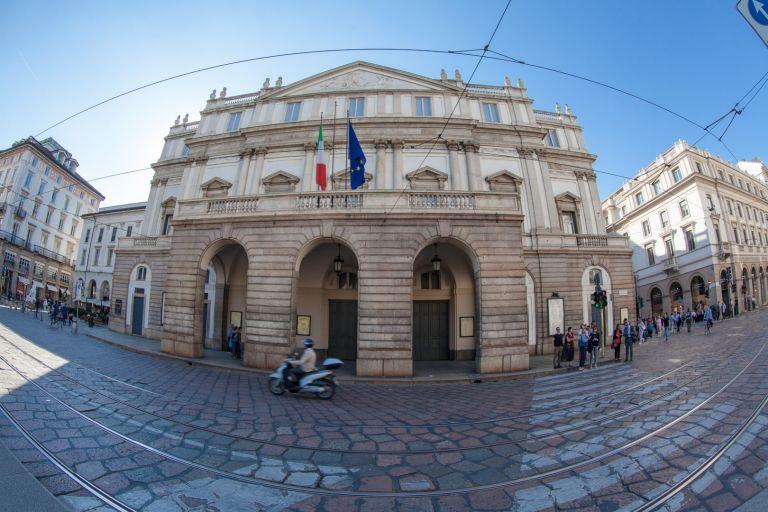City officials plan to turn this long-forgotten ancient site into a major attraction
The ancient amphitheater in Milan is being turned into a green archeological park under a 1.5m-euro restoration project, Art Newspaper reported.
It is planned to plant a hedge of boxwood, myrtle and ligustrum on the site of the destroyed parts of the facility.
City officials plan to turn this long-forgotten ancient site into a major attraction. Many bushes will be planted in the ruins of the Roman amphitheater, which will allow visitors to imagine how the so-called Colosseum of Milan. Excavations, which are still ongoing, have already “rewritten chapters from the history of Milan”, say the people behind the project.
Mediolanum, as the city was formerly called, was the capital of the Western Roman Empire from 286 to 402 AD, when it had a palace, a circus, many basilicas, thermal baths and a huge forum. Built in the first century, the elliptical amphitheater was originally 150 meters by 120 meters – smaller than the Colosseum in Rome – but was gradually demolished in the late fourth century to provide material for new structures, including the Basilica of San Lorenzo. Archaeologists discovered its location in 1931, and in the 1970s excavations found seven walls that supported the stands.
The new project, which began in 2018, envisions an increase in the area of the city-owned archeological park from 12,500 square meters to 22,300 square meters. Thus, it will become the largest in Milan. Excavations, launched in 2019 under the control of Italian authorities, revealed 14 more walls and a hypoge, consisting of two underground galleries, from which gladiators and beasts were brought to the stage.
The project is funded by the Italian Ministry of Culture and private donors. The park is expected to be open to visitors by the end of this year.
Hedges of boxwood, myrtle and ligustrum will mark parts of the structure that have been destroyed, including the walls of the base, and more than 100 trees will form a passage representing the outer walls of the amphitheater. Wild flowers will create a balance on the example of a central garden in the Renaissance style. Covering the hypogeum with a wooden stage will allow the arena to be used for performances.
Fragments of at least 150 pre-Roman vases dating from the fourth to the third century BC were discovered in the park last year, suggesting that a Celtic shrine may have been nearby. These and other finds – including a spear and a marble head resembling Agrippina, the wife of Emperor Claudius – are likely to be on display either in the park museum at the entrance or in an abandoned building that could be renovated with funds from the Ministry of Culture. The excavations will continue after the opening of the park for visitors.









